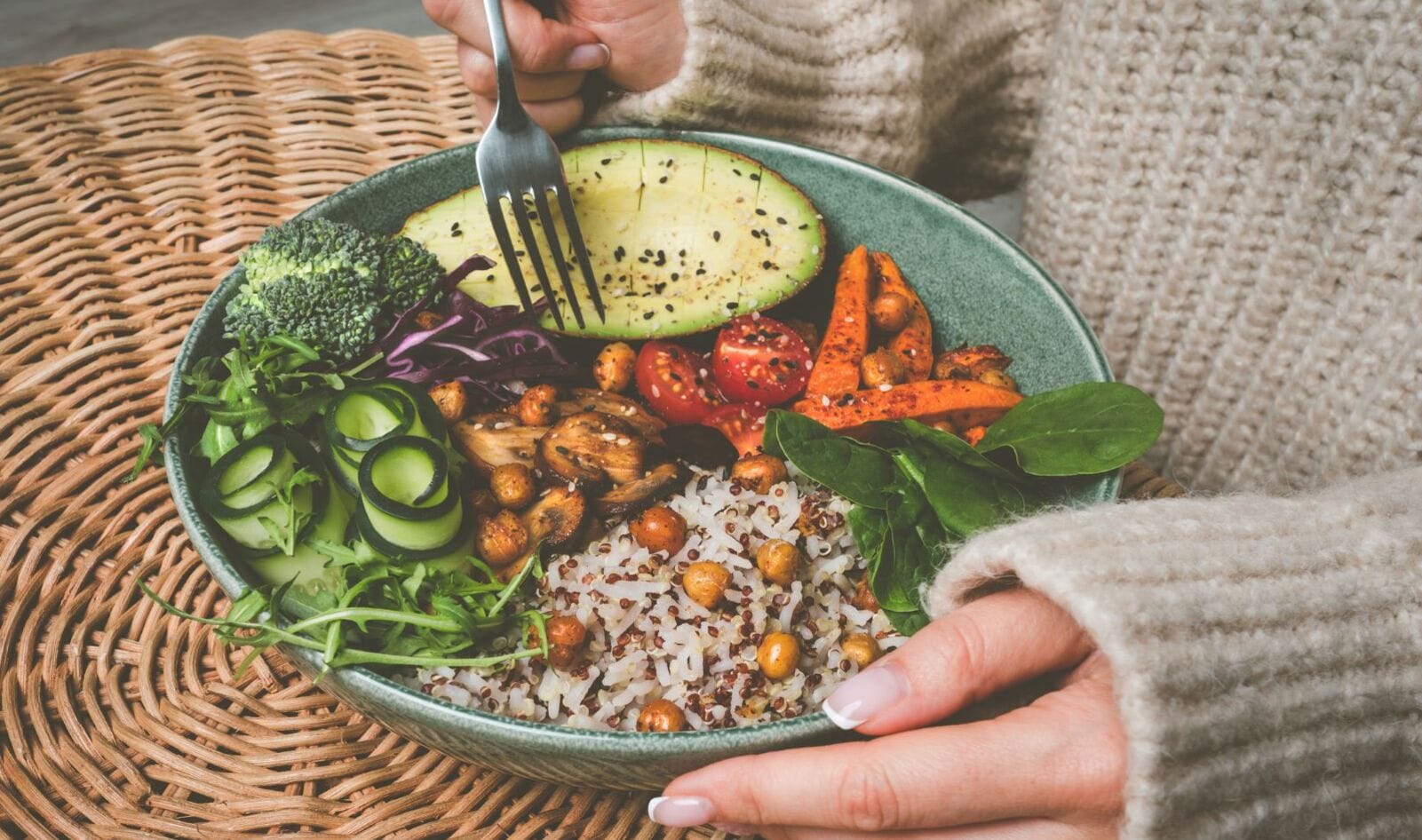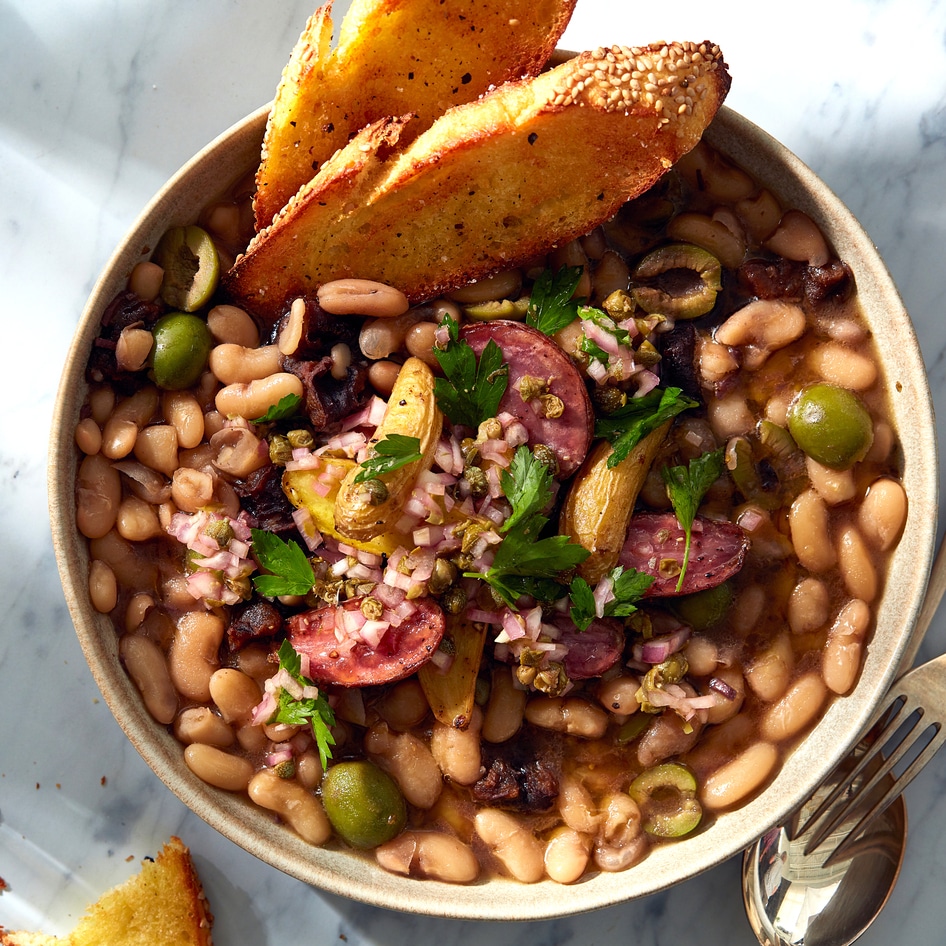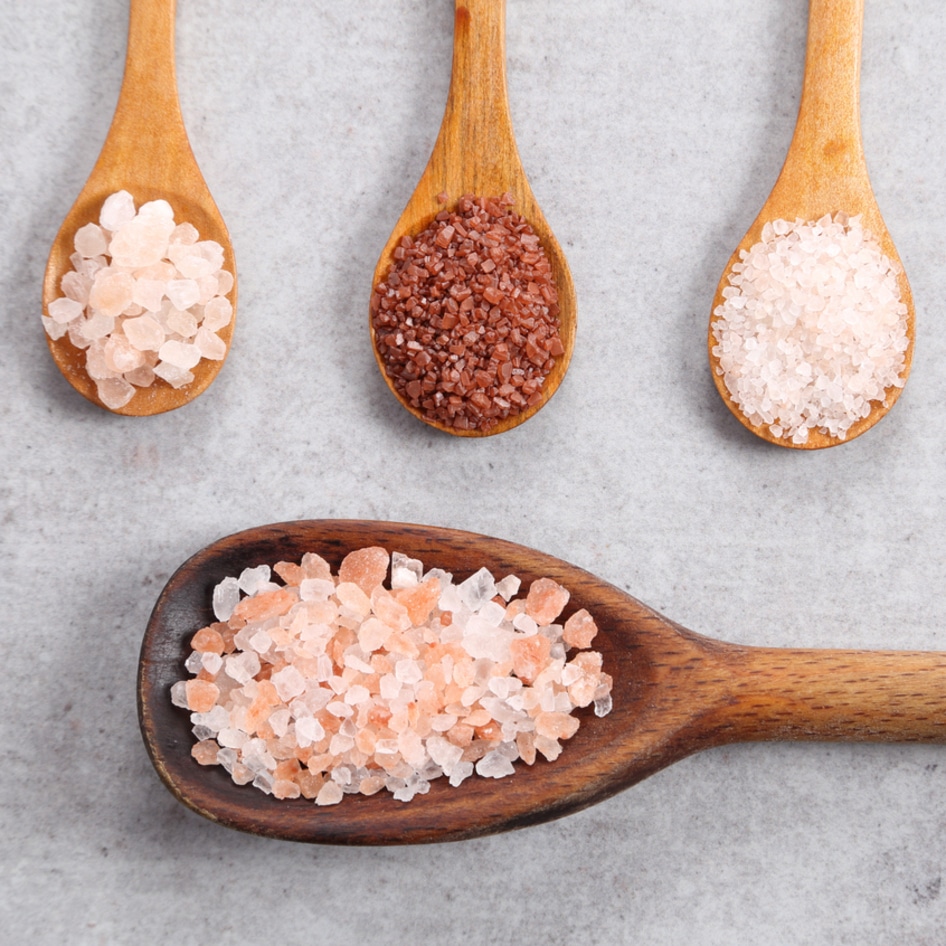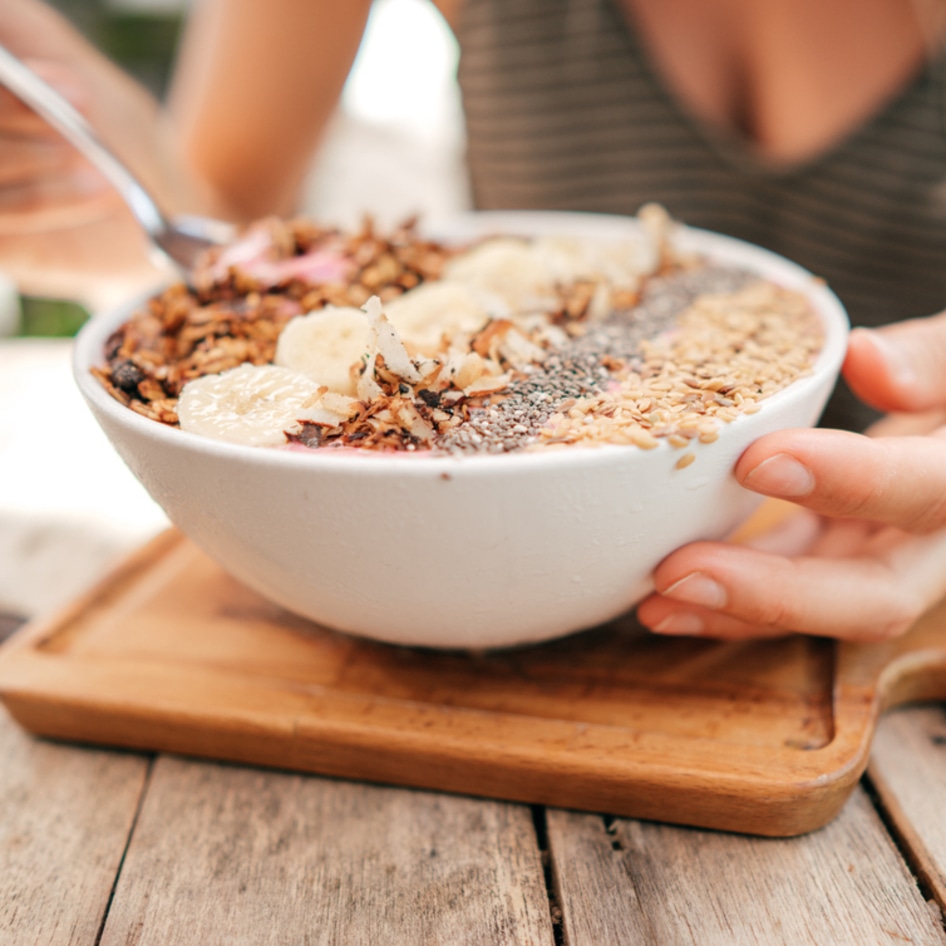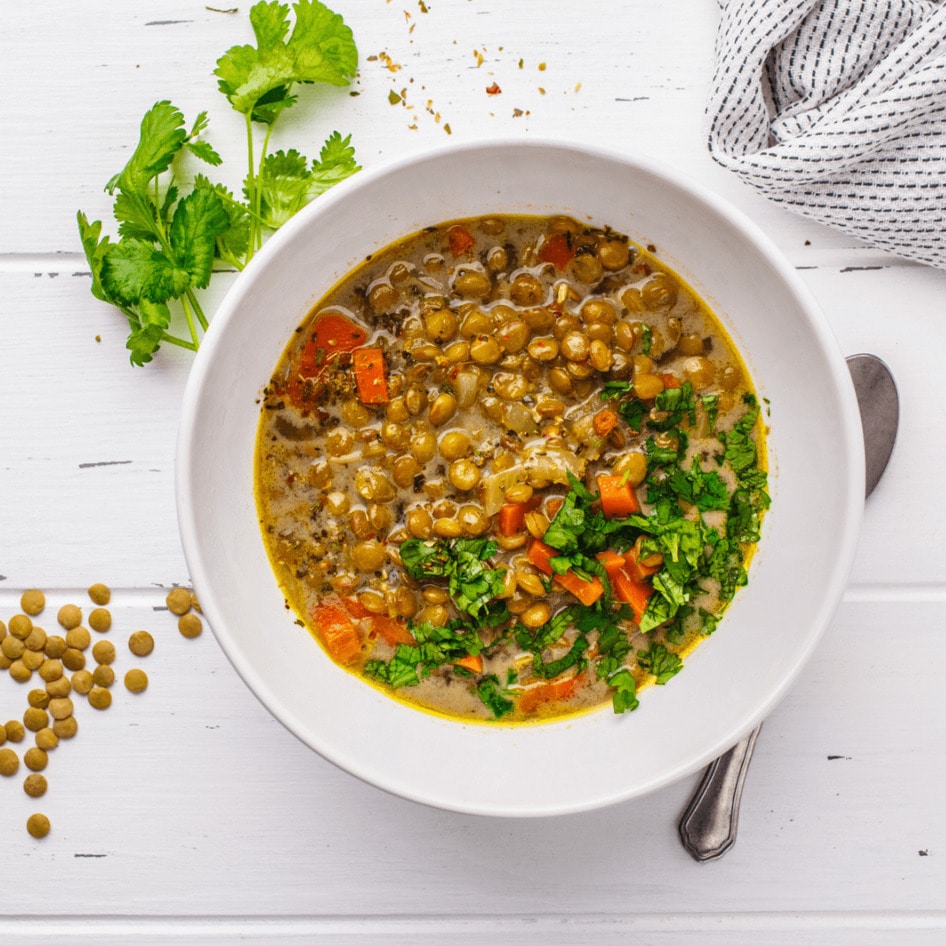You might have read that salty food is bad for us, and that’s true. But there’s also more to it than that. Salt is actually made up of two minerals, sodium and chloride, and they can be healthy for us. They help to keep the body hydrated, support nerve and muscle function, and help with digestion, too. However, when we consume too much sodium, in ultra-processed foods, for example, it can be detrimental to our health.
jump to dietitian-approved tips
According to the Centers for Disease Control and Prevention (CDC), on average, Americans consume more than 3,400 milligrams of sodium per day, which is considerably more than the federal recommendation of less than 2,300 milligrams. In high amounts, sodium can increase blood pressure and the risk of heart disease and stroke—two of the leading causes of death in the US.
“This happens because sodium leads to fluid retention, increasing the volume of blood that the heart must pump around the body,” Stephanie Wells, MS, RD, ACSM-CPT, of Thyme to Go Vegan, told VegNews. “Consistently high blood pressure can place excessive stress on the heart over time. It can place you at higher risk for cardiovascular diseases, especially if you are especially sensitive to salt.”
The CDC notes that for most adults, ultra-processed foods like pizza, potato chips, pretzels, and cold cuts of meat are the biggest sources of sodium. A vegan diet, if it’s rich in plant-based, whole foods, is considerably lower in salt. However, not all vegan foods are created equal. “Vegan diets can be high in sodium depending on how often you eat at restaurants, what types of food you order out, your intake of salty snacks like chips and pretzels, and how much salt you cook with at home,” Wells added.
The good news, however, is that there are many ways you can cook delicious vegan food without relying too much on sodium. Check out some of Wells’ top tips below.
5 ways to reduce sodium when you’re cooking delicious vegan food, according to a dietitian
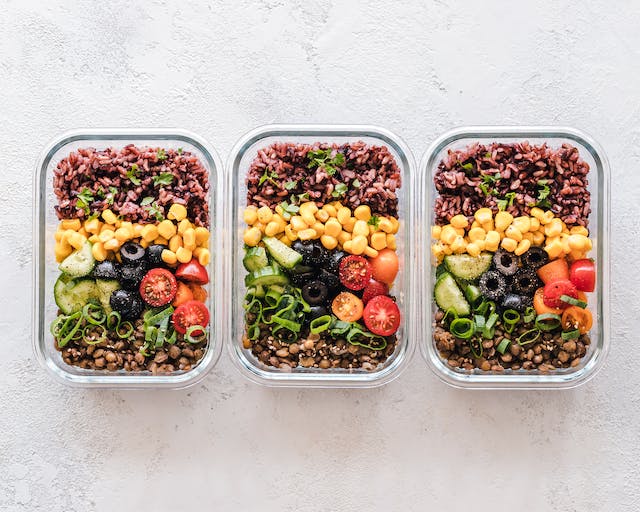 Pexels
Pexels
1 Stay away from most ultra-processed options
Not all ultra-processed foods are bad. Research suggests that instant oatmeal, canned beans, and dried fruit, for example, can be beneficial additions to a healthy diet. And even vegan meat products, like Beyond Meat, are associated with better heart health. In October 2023, research from Stanford Medicine noted that incorporating an average of two servings of plant-based meat alternatives may reduce certain cardiovascular risk factors compared to diets with the same amount of animal meat.
However, Wells warns against relying too much on vegan meat products that are high in sodium. “To lower your sodium intake, I recommend choosing low-sodium varieties as the default whenever possible,” she added. “You can always add a little more salt if your meal isn’t flavorful enough, but it’s much harder to remove sodium.” She also recommends opting for low-sodium versions of common plant-based ingredients, including canned beans, soy sauce, broth, and bouillon cubes.
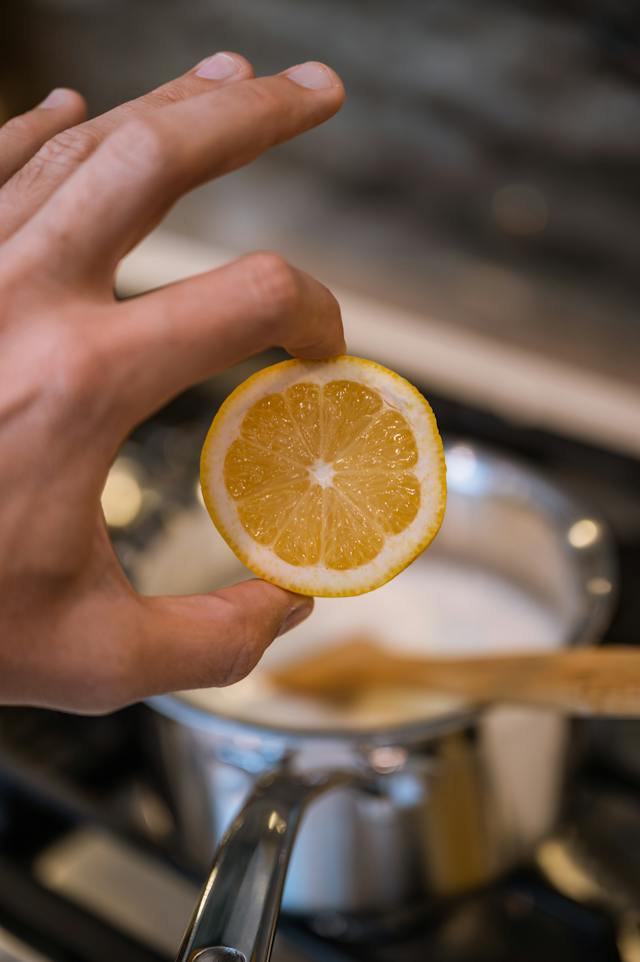 Pexels
Pexels
2 Increase acidity
The biggest reason why people enjoy salty food is the taste. But there are other ways to increase the flavor of a meal without going overboard on the sodium. Wells recommends playing around with acidity, for example. “Acidity also boosts flavor, so try adding a squeeze of lemon or lime juice or zest, vinegar, or tomatoes before adding more salt to a dish,” she advises. You can find out more about how to cook with citrus here, for example, as well as 11 easy and tasty recipes.
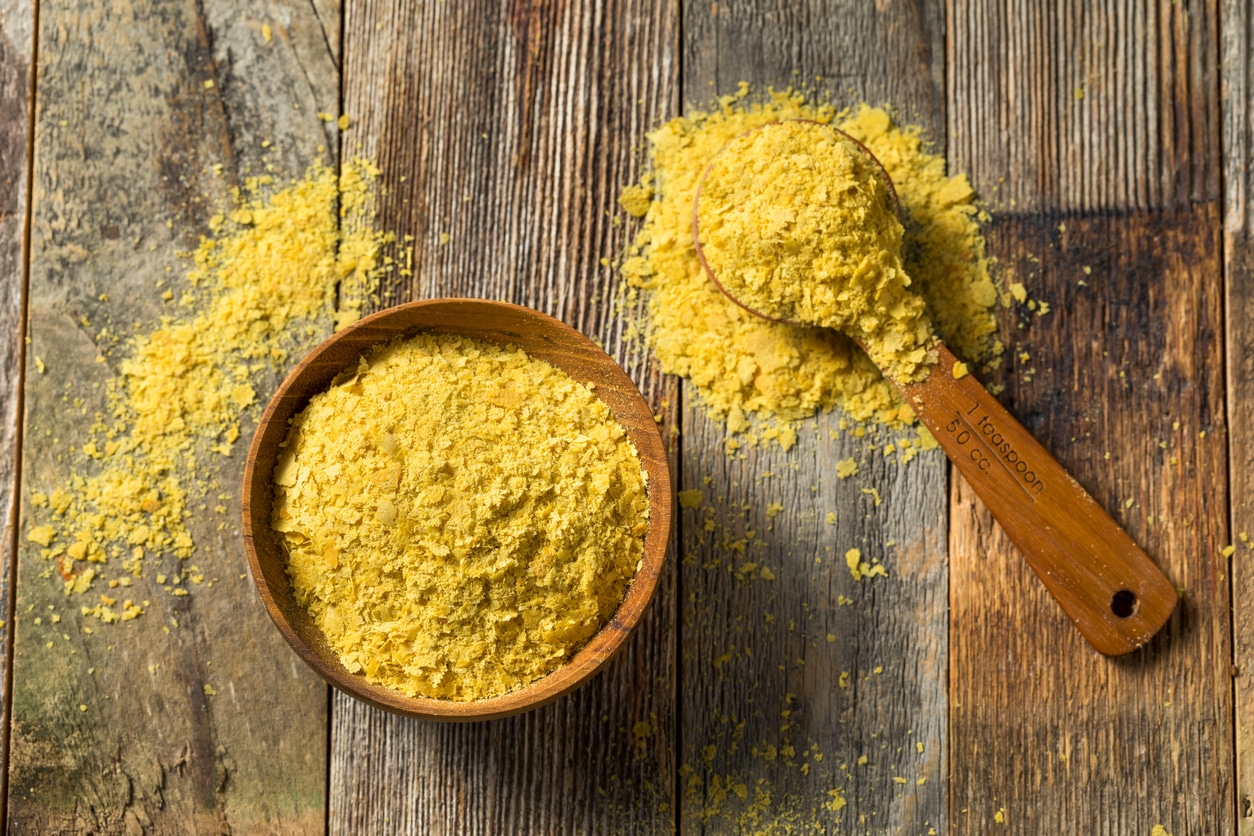 Getty
Getty
3 Add nutritional yeast
Another great way to increase the flavor of a dish is to add nutritional yeast. The flaky, powdery deactivated yeast, which also happens to be a good source of vitamin B12, brings an element of savory, nutty, umami flavor to dishes. “Nutritional yeast adds a pleasantly ‘cheesy’ flavor to sauces, stews, and soups,” says Wells, before noting that you can also add in some fresh or dried herbs for extra flavor and a nice aroma.
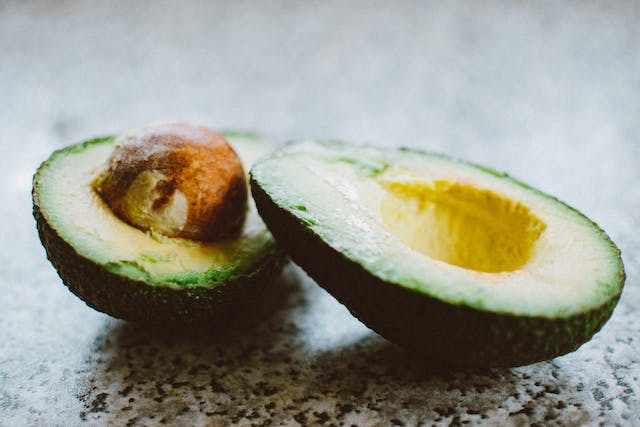 Pexels
Pexels
4 Try more healthy fats
Like salt, fat has a bad reputation. But while it’s important to limit saturated fat, monounsaturated and polyunsaturated fats are beneficial to our health. In fact, they lower our risk of disease. Plus, they often bring extra flavor to meals, too. “Healthy fats add flavor and a pleasant mouthfeel to lower-sodium foods,” says Wells. “Avocados, cashew cream, and unsalted roasted nuts or seeds are all good options for boosting flavor without extra sodium.”
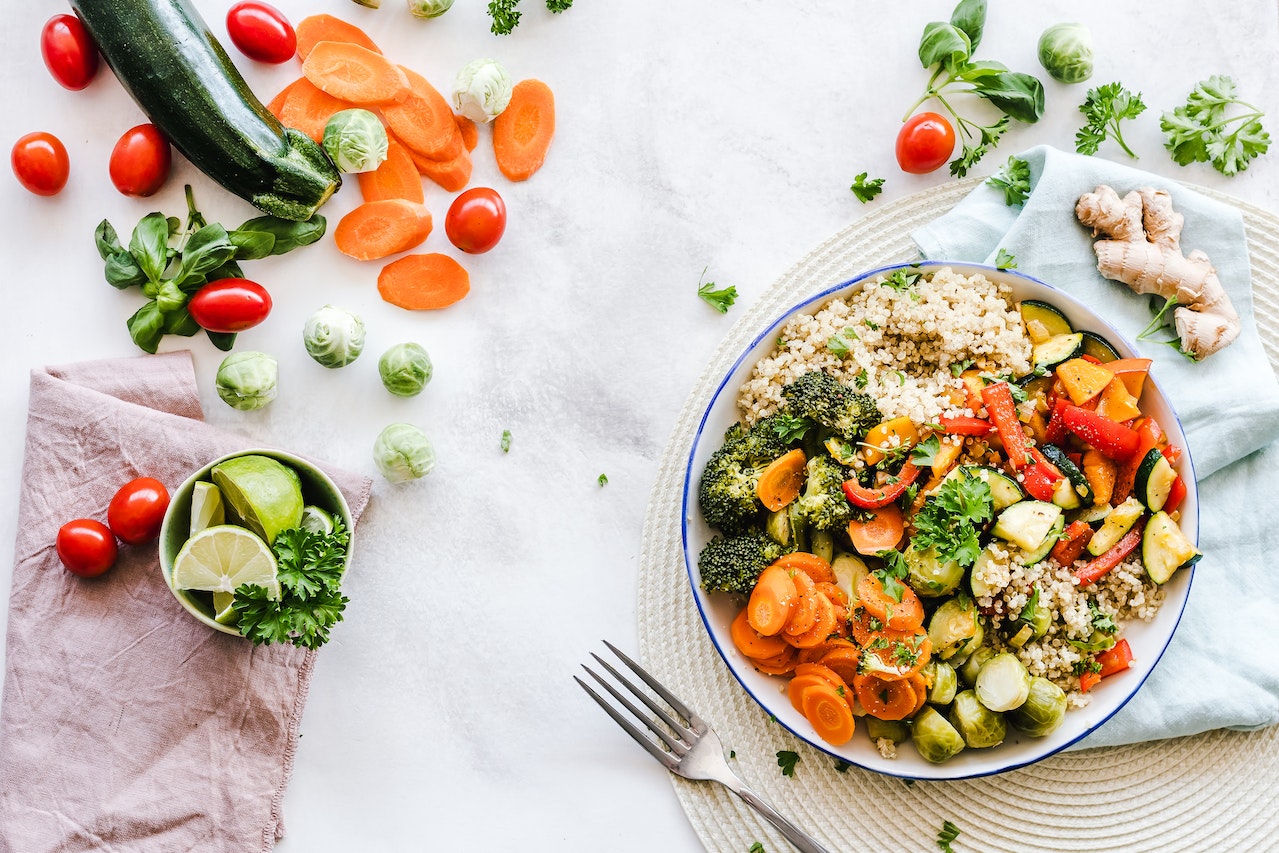 Ella Olsson/Unsplash
Ella Olsson/Unsplash
5 Build your diet around whole foods
A whole food, plant-based diet is one of the healthiest ways to eat, research suggests, and one of the reasons for that is that it’s naturally low in sodium. “Since many highly processed, nutrient-poor foods are high in sodium, a high-sodium diet may indicate that you aren’t getting enough whole fruits, vegetables, grains, beans, soy foods, or nuts and seeds,” says Wells. “These foods are rich in gut-friendly dietary fiber and anti-inflammatory phytonutrients, so it’s important to include them as the foundation of a healthy plant-based diet.”
For more on how to follow a whole food, plant-based diet, find our guide (plus recipes!) here.
For more on nutrition, read:
JUMP TO ... Latest News | Recipes | Guides | Health | Shop

